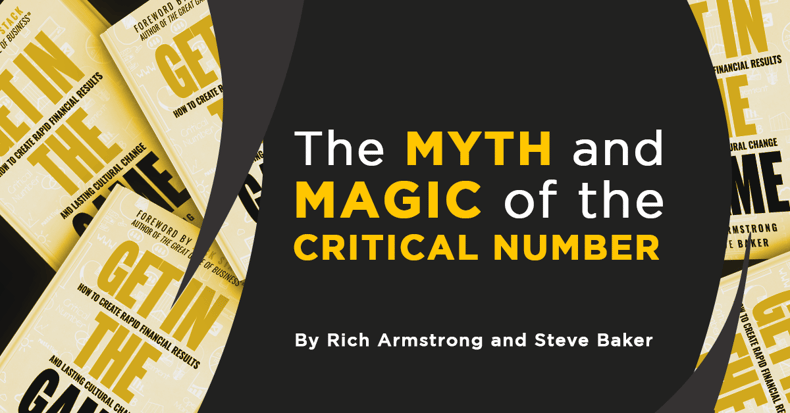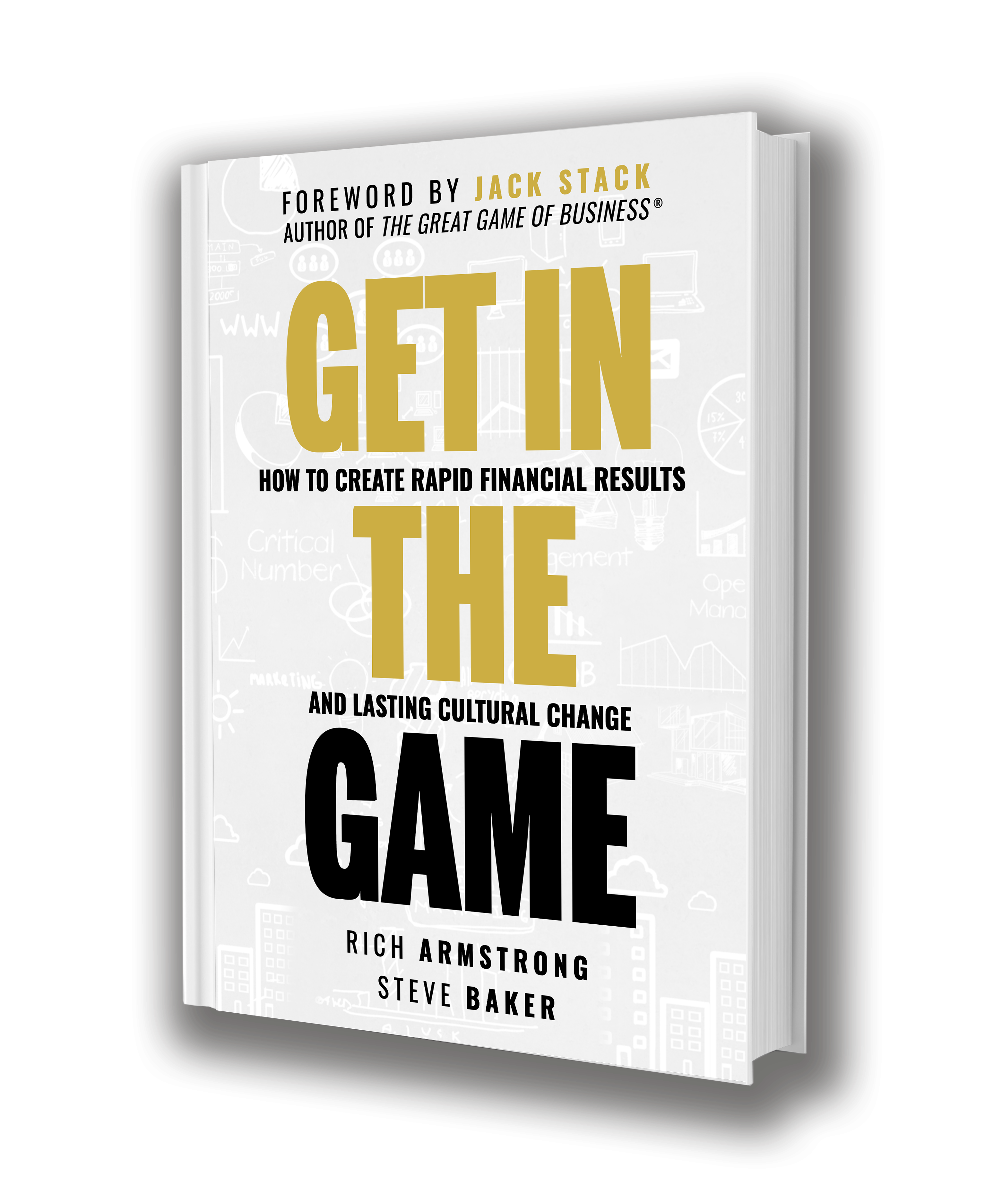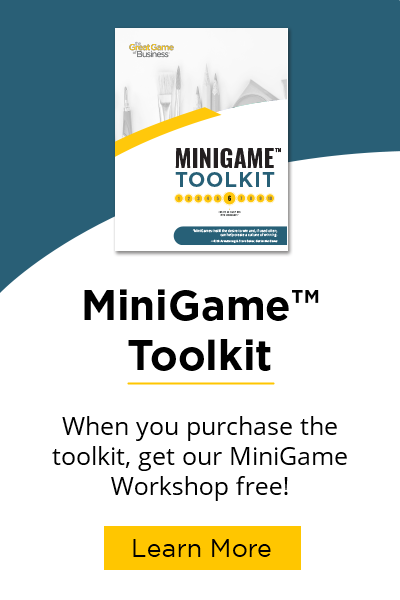
Imagine a number, that if identified, would represent the single most important thing in your life; the one thing that would change everything.
Whoa. That would indeed be awesome. But there’s more to it than that. There’s myth and magic that surrounds what we call the Critical Number™—that one operational or financial metric that represents a weakness or vulnerability that impacts the long-term security of the business. This clearly defined, company-wide goal will indeed change your business. And yes, it will change your life. But the Critical Number is not magic.
Let’s say that you discovered the ultimate Critical Number. You found a financial measure that will indicate success – and you’re going to focus your entire organization on your ultimate Critical Number and take over the world!
Sounds good, right? You may be dead right.
You’re right in the sense that YOU have identified the ultimate Critical Number, but you’re also dead. Dead because you will have no buy-in from those who have to execute on it. It’s YOUR number.
Have you ever gone off on a planning retreat with your top leadership and solved all the world’s problems? And upon your triumphant return, like Moses from the mountaintop, stone tablets in hand… no one cares? No one buys in? No one commits or executes?
That’s the myth about Critical Number. It’s not a panacea, it’s not a magic pill. It’s not even about the Critical Number, it’s HOW you get to Critical Number that matters. And that is where the magic lies.
When selecting your Critical Number, consider these questions:
1. How can I involve as many people as possible in the process?
2. What ways can people feel connected to the Critical Number, and to each other in a common goal?
Remember this point from our new book, Get in the Game, when considering your next Critical Number:
Who knows the realities of the business better than the people who are closest to the action? If you are going to ask your people to think and act like owners, you must first treat them like owners and ask them for their input. Bring your people together, talk to them, and get to the root of their issues and concerns. This is your first opportunity to engage your people in the process—not only for their input but also for their buy-in and ownership in the outcome. When the Critical Number is identified with broad participation—specifically those closest to the action—it creates a level of ownership, buy-in, and alignment that just can’t be matched.
Learn methods and techniques for selecting a strong Critical Number in Get in the Game—the how-to implementation guide for the Great Game of Business.
More articles you might like:
.png)








.png)




-5.png)

